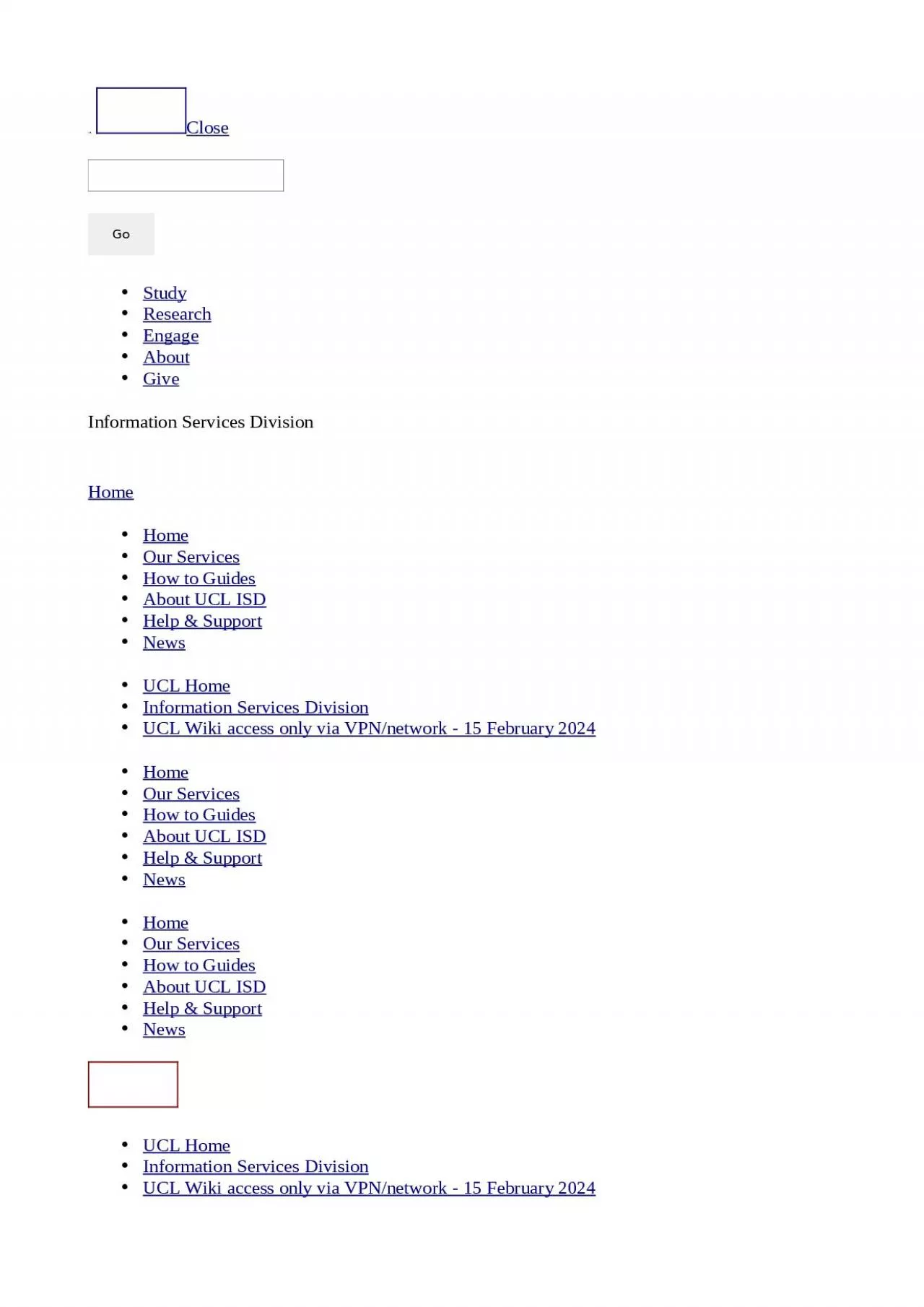

250512 1 Angelina Fahmay AZT Case study 1 Involving 100mg AZT 24 healthy subjects 12 Female 12 Male Weights of healthy subjects Range 5077kg Average 62kg Given FOUR different ID: 1038890
Download Presentation The PPT/PDF document "Analysis of Zidovudine pharmacokinetics ..." is the property of its rightful owner. Permission is granted to download and print the materials on this web site for personal, non-commercial use only, and to display it on your personal computer provided you do not modify the materials and that you retain all copyright notices contained in the materials. By downloading content from our website, you accept the terms of this agreement.
1. Analysis of Zidovudine pharmacokinetics to determine whether there is a genetic component to the variability and to determine the bioequivalence of seven formulations 25.05.121Angelina Fahmay
2. AZT Case study1) Involving 100mg AZT:24 healthy subjects (12 Female, 12 Male) Weights of healthy subjects (Range: 50-77kg) (Average: 62kg) Given FOUR different oral formulations of 100mg of AZT at SEVEN day intervalsONE reference and THREE generics (Oral)Blood samples collected after: 0, 0.25, 0.5, 0.75, 1, 1.5, 2, 2.5, 3, 4, 5, 6, 8h2) Involving a combination of 300mg AZT + Lamivudine:Another/different set of 24 healthy subjects (12 Female, 12 Male)Weights of healthy subjects (Range: 51.5 – 82.8 kg) (Average: 64kg)Given THREE different oral formulations of the combination at SEVEN day intervalsONE reference and TWO generics (Oral)Blood samples collected after: 0, 0.25, 0.5, 0.75, 1, 1.5, 2, 3, 4, 6, 9, 12h25.05.122
3. Research questionsIs the pharmacokinetic variability seen in the AZT data likely to be due to a genetic component?Model the data using NONMEM VII (Non Linear Mixed Effects Modeling)Compute the genetic component coefficient (RGC) Between Occasion Variability (BOV) and Between Subject Variability (BSV) for clearance to look for possible genetic association Does compartmental modeling and non-compartmental analysis produce similar results in a bioequivalence study of AZT data?Perform a non-compartmental analysis (R software)Use a compartmental modeling approach to estimate bioavailability 25.05.123
4. ZidovudineZidovudine also known as azidothymidine (AZT) Synthesized in 1964 by Jerome P.Horwitz as a potential anti-cancer drug First Anti-HIV drugNucleoside reverse transcriptase inhibitor (NRTI)Chemically known as: 3’-azido-3’-deoxythymidineAn analogue to the nucleoside deoxythymidine triphosphate (dTTP)The difference in structure that causes chain termination is that AZT lacks a hydroxyl group on the 3’ of the deoxyribose sugar moiety and instead contains an azido group25.05.124
5. Mode of action of AZTZidovudine activated by cellular kinases Zidovudine triphosphateZidovudine triphosphate acts as a competitive inhibitor for reverse transcriptase in the place of deoxythymidine triphosphate (dTTP) i.e. nucleoside analogueZidovudine triphosphate is then incorporated into the growing viral DNA chain chain termination occurs25.05.125
6. Plots of Raw data using R createdIndividual plots using ID column (an individual plot for each of the 48 subjects)Individual plots using PID column (an individual plot for each formulation for each patient)A plot of all the data (all 48 healthy subjects)A plot for each formulation (i.e. 1-7)25.05.126
7. Plots of the Raw data using RConcentration vs. time plots for formulation 1- 4 for 100mg AZT dataConcentration vs. time plots for formulation 1- 3 for 300mg AZT + 5TC data25.05.127
8. NONMEM modelsOmega fixedOmega on ClOmega on Cl, VOmega on Cl, V, KaOmega on LAGLAG theta 0.2LAG theta 0.5BLQ values includedOmega on Cl, V, Ka, LAG2 CompOmega on Cl, V, LAGPID into ID25.05.128
9. Final model : 8hRUNMIN OBJClearanceVolume of distributionAbsorption rate constantLAG timeProportional error Additive errorForm 2 Form 3 Form 4Form 2Form 3100mg100mg100mg300mg300mg8h✓16922.35415017311300.2490.3986.6-0.02310.176-0.597-0.02110.159ID column used (ID ranged from1-48)1 compartmentOmega on Ka fixedDataset: Includes both 100mg + 300mg dataM3 method used for BLQLOQ = 3Weight added as a covariate for clearance and volume of distributionBioequivalenceBOV on clearance was added25.05.129
10. BLQ11.11% of the 1944 observations had a concentration of AZT in plasma below the LOQ 25.05.1210
11. Weight as a covariate on Clearance and Volume of Distribution A plot to show the relationship between weight and clearance (eta 1) / volume of distribution (eta 2), respectively, in run8g.mod i.e. before weight was added as a covariateA plot to show the relationship between weight and clearance (eta 1) / volume of distribution (eta 2), respectively, in run8h.mod i.e. after weight was added as a covariate25.05.1211
12. Goodness of Fit Plots25.05.1212
13. Visual Predictive Check25.05.1213
14. Bioequivalence STUDYRunForm 4/1 (100mg)Dataset8d0.00341100mg dataset used onlyBioequivalence 8e-300mg dataset ued onlyBioequivalence 8f-0.511100mg + 300mgBioequivalence 8g-0.518100mg + 300mgBOV and BSV8h-0.597100mg + 300mgWeight added to Cl + V40.30 %100.341%25.05.1214Bioequivalence for each of the 7 formulations using Non-compartmental and compartmental analysis Comparison of bioequivalence for formulation 4 throughout final set of model runs
15. Genetic component on clearanceRGCCL= 1 – (0.00867/0.047) = 0.8155 (to 4 sig fig) BSV GREATER than BOVσ2 = Between occasion variance (BOV) ω2 = Between subject variance (BSV)25.05.1215
16. Metabolism of ZidovudineZIDOVUDINEAMTGAMTGAZTUGT3 potential N-glycosylation sites in UGT2B7 (asparagine at positions 67, 68 and 315 Genetic polymorphism of the UGT2B7 enzyme is proven to NOT be significant Decrease the affinity of AZT for glucurinodation.25.05.1216